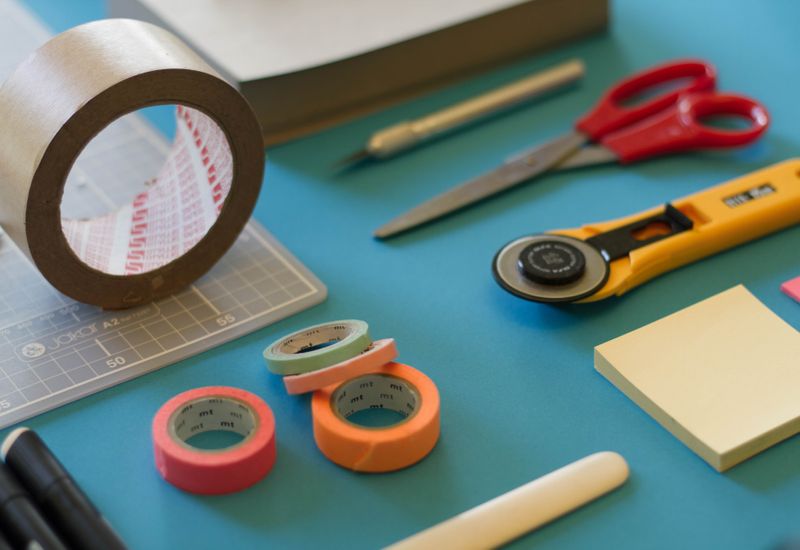You don't have to buy an expensive Halloween costume. You could make one.
Halloween is fast approaching which can only mean one thing: Halloween costumes. so we’ve put together our top DIY Halloween costume tips to ensure that you’re dressed to the nines for spooky day 2022!
Papier Mâché
Papier Mâché is amazing for making attachable items like devil horns, skulls, or even masks. It can be a bit messy to make, but the result is definitely worth it.
First, you want to get your mould, this is a hard material and can be anything from a piece of cardboard to a balloon. Scramble around in your recycling bin and you’re sure to find something usable. Having found a suitable mould, you want to create the paste. We recommend using:
- 1 cup of water
- 1 cup of PVA glue
Mix the glue and water. Then tear up some old newspapers into strips and coat them in the mixture, making sure to smother them. Apply the smothered strips onto your mould and wait until they have dried. Finally, paint the strips so that they match your desired costume.
Basic Stitches
Sewing pieces of fabric together is simple and can drastically improve any outfit. For Halloween, stitching could be used for anything from sewing capes to creating outfits with multiple fabrics. The techniques we would recommend are the running stitch and the whip stitch.
The running stitch is the most basic stitch you can do, but also one of the most important. It is great for shortening and adjusting the lengths of various clothes and fabrics so that longer pieces can be attached. It's also useful for basting layers of slippery fabrics together.
The whipstitch is great for attaching different strips of fabrics together, or for attaching quick accessories like a cap or shoulder pads. This is a great technique for any of you Dracula wannabes!
Glue Guns
Glue guns are key for sticking the various components of your makeshift costume together. For example, if you’ve created some papier mâché accessories, you may need a way to get them to stick to the main costume. This can be achieved by using a glue gun. In order to use a glue gun you must:
- Clean the nozzle, removing any previous glue residue (don’t use water, use a toothpick)
- Load a fresh glue stick into the back of the gun
- Plug the gun in
- Wait for the glue to heat up and melt (roughly 2 mins)
- Squeeze the trigger to release the melted glue onto a chosen object (make sure to have some paper or cardboard underneath the nozzle to prevent spillage)
- Place this object on whatever you want to stick it to
- Wait for the glue to dry (roughly 20 minutes)
Paint
Finally, you may want to paint your newly made costume to make it look as spectacular as possible. But it's important to use the right kinds of paints when colourising a costume or material. We would recommend acrylic and poster paint. Acrylic paint is great for fabrics, but make sure to mix it with an acrylic medium otherwise, it will not work effectively on the fabric.
Poster paint is amazing if you’re trying a crazy design or something slightly ambitious. This is because poster paint can be easily washed out, so if you mess up, it will all be ok! The main benefit to both of these paints is the rapid drying time, so if you’re in a hurry, then make sure to use these paints.
As for facepaint, we would suggest that you invest a few extra quid to get a slightly better product. This is because cheaper face paints tend to smudge and come off much more easily. Watercolour crayons are a great alternative to traditional face paint as they are hypoallergenic and non-toxic as well as being more budget-friendly.
Use a brush instead of your finger as it allows for more control and makes clean-up easier. Also, don’t wash your face before, the natural oils will help the paint to stay in place, whereas the water may make it a bit too runny.
Things to avoid:
- Don’t paint around the mouth and lips as the natural moisture will wash away lots of the paint, go for a thick pen or lipstick instead.
- Don’t paint too close to the eyes as this could cause irritation and harm your eyes
- Don’t panic over a mistake, take it as it comes and work with it, you may even discover a new and better design or pattern!
What are your plans for Halloween? Join our student panel and let us know. You'll get 1000 reward points for signing up.













